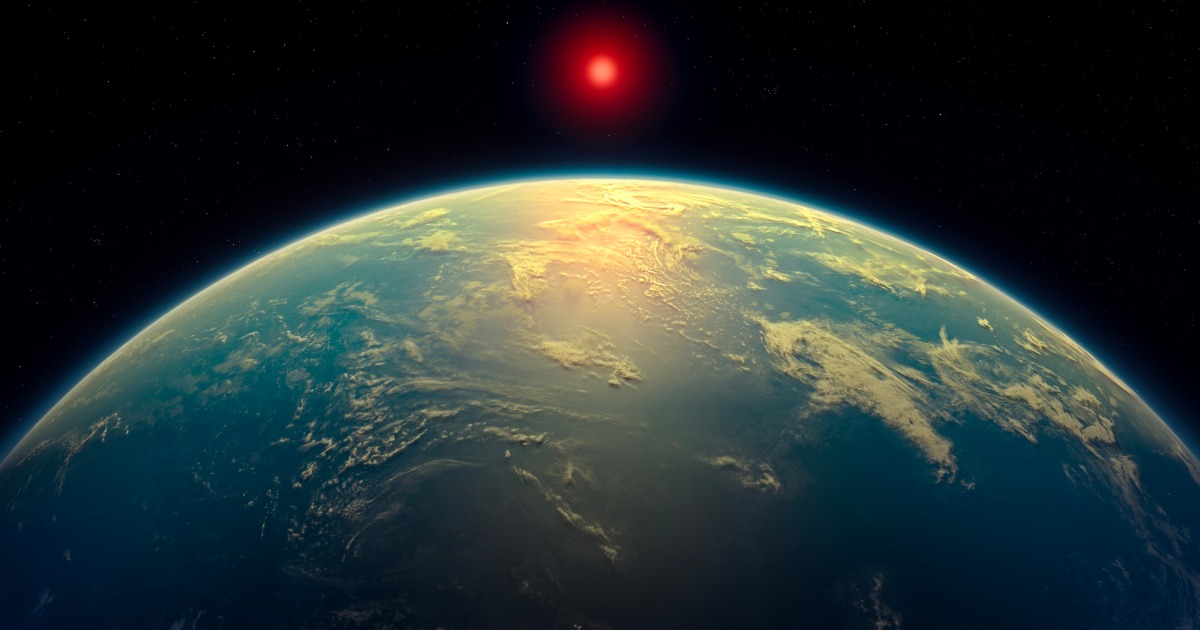
Pair Production
Pair production is a phenomenon in which a gamma ray photon is converted into an electron-positron pair in the presence of a nucleus or an electron. This process requires a minimum energy of 1.02 MeV, which is the rest mass energy of the electron-positron pair. Pair production is an important process in high-energy physics and astrophysics, as it is responsible for the production of electron-positron pairs in gamma ray bursts, pulsars, and other high-energy astrophysical phenomena. In addition, pair production is used in medical imaging techniques such as positron emission tomography (PET), where a positron-emitting radionuclide is introduced into the body and the resulting annihilation radiation is detected to produce an image of the body's internal structure.
Your Previous Searches
Random Picks
- Mesosphere: Mesosphere is a cloud operating system that abstracts the entire datacenter into a single pool of computing resources, simplifying the complexity of running distributed systems at scale. It provides a unified interface to manage and orchest ... Read More >>
- Alkaline Earth Metals: Alkaline Earth Metals are a group of metallic elements in the periodic table with two valence electrons in their outermost shell. These elements include Beryllium, Magnesium, Calcium, Strontium, Barium, and Radium. In the context of space a ... Read More >>
- Requirements: Requirements are the specifications and criteria that a space and astronautical engineering project must meet in order to be successful. These requirements are typically established at the beginning of a project and are used to guide the de ... Read More >>
Top News

This week on "Sunday Morning" (April 20)...
A look at the features for this week's broadcast of the Emmy-winning program, hosted by Jane Pauley....
News Source: CBS News on 2025-04-17

Scientists detect strongest hints yet of life on a distant planet...
Scientists have detected unique chemical patterns similar to those produced by the Earth's algae and seaweed — raising the possibility of the presence of a warm ocean, perhaps teeming with life, on ...
News Source: NBC News on 2025-04-17

Is there life on another planet? Scientists find the strongest evidence yet...
Near a planet far, far away astronomers have found traces of chemicals that on Earth are only produced by living beings....
News Source: Al Jazeera English on 2025-04-17

Scientists find strongest evidence yet of life on an alien planet | CNN...
In a potential landmark discovery, scientists using the James Webb Space Telescope have obtained what they call the strongest signs yet of possible life beyond our solar system, detecting in an alien ...
News Source: CNN on 2025-04-17
Katy Perry's trip to space wasn't inspirational. It was tone-deaf marketing....
Katy Perry indulged in a space tourism trip Monday, courtesy of Jeff Bezos' company. It's the latest in a long line of missteps for the singer....
News Source: Business Insider on 2025-04-14